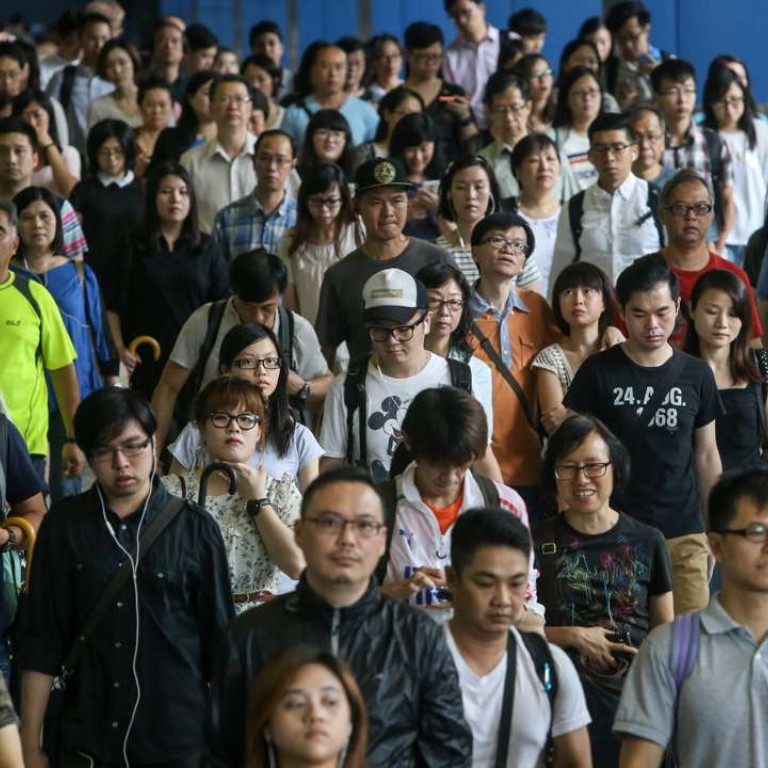
Antibiotic-resistant superbugs on Hong Kong MTR trains, study reveals
Researchers on city’s commuter rail network find drug-resistant bacteria are widespread, with biggest concentration on trains to and from China
Bacteria resistant to all the antibiotic drugs commonly used in Hong Kong have been found on the city’s MTR commuter rail network, scientists say.

The biggest concentrations of these bacteria were found on the line between urban Kowloon and the Chinese border - the East Rail line - and the Ma On Shan line that branches off it and serves a big new town in the city’s New Territories.
The bacteria were found on the hands of students who took trains on the various MTR lines.
The findings come amid growing global concern about the spread of superbugs resistant to most forms of antibiotic - drugs used in humans to treat a wide range of illnesses and prevent infection during childbirth, surgery and organ transplants and also used widely in agriculture. China is the world’s biggest user and producer of antibiotics.
Why China is at heart of fight to head off antibiotic apocalypse
The students, from the School of Biological Sciences at the University of Hong Kong, operating in groups of six, sterilised their hands in station toilets before boarding the trains.
“We got some very funny looks from the MTR staff,” said PhD student Samuel Kang Kang.

The students spent 30 minutes walking from carriage to carriage, touching the metal poles and hand straps. After disembarking, they swabbed their hands and whisked the samples back to a laboratory, where they extracted DNA and analysed it.
Dr Gianni Panagiotou, who led the project, said: “We decided to take samples from the students’ hands rather than directly from the trains, because it’s a better representation of what ordinary travellers pick up on their daily commute.”
Panagiotou is conducting a comprehensive study of the microbes on the MTR and how they are influenced by human traffic. Among his team’s key findings was that all the trains surveyed carried “[bacteria with] antibiotic-resistant genes that relate to every class of antibiotics commonly used in Hong Kong”.

On the East Rail and Ma On Shan lines the bacteria had a much greater abundance of antibiotic-resistant genes than elsewhere on the network, and more of the genes conferred resistance to tetracycline, an antibiotic in common use on China’s pig farms.
“The bacteria in the train carriages reflect the characteristics of the people who use the line,” Panagiotou said.
He said it had not yet been determined whether the high rates of antibiotic resistance found on the East Rail and Ma On Shan lines were a direct consequence of the overuse of antibiotics in China.
“The findings are interesting but we need to do a lot more research to paint a full picture of what’s going on,” he said.

